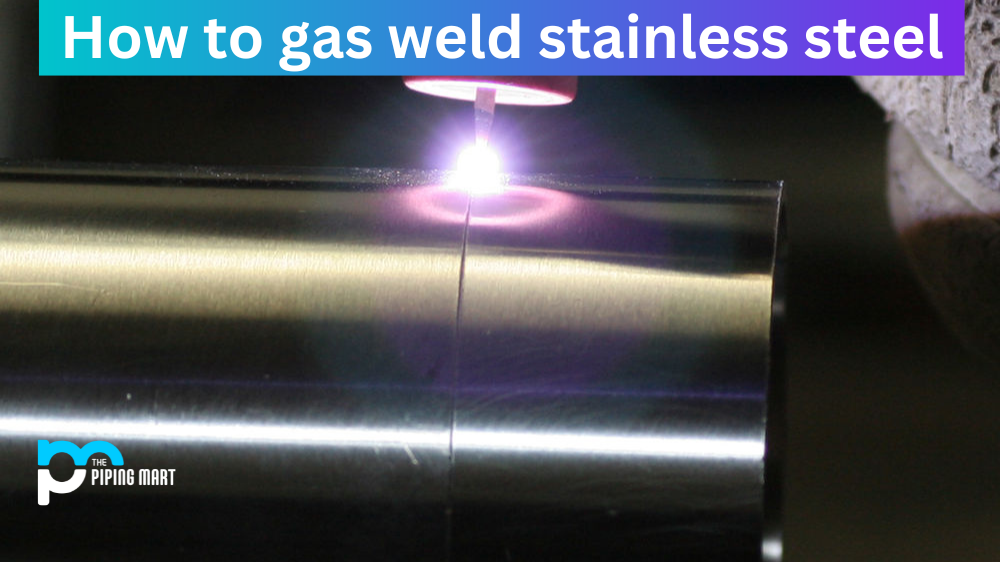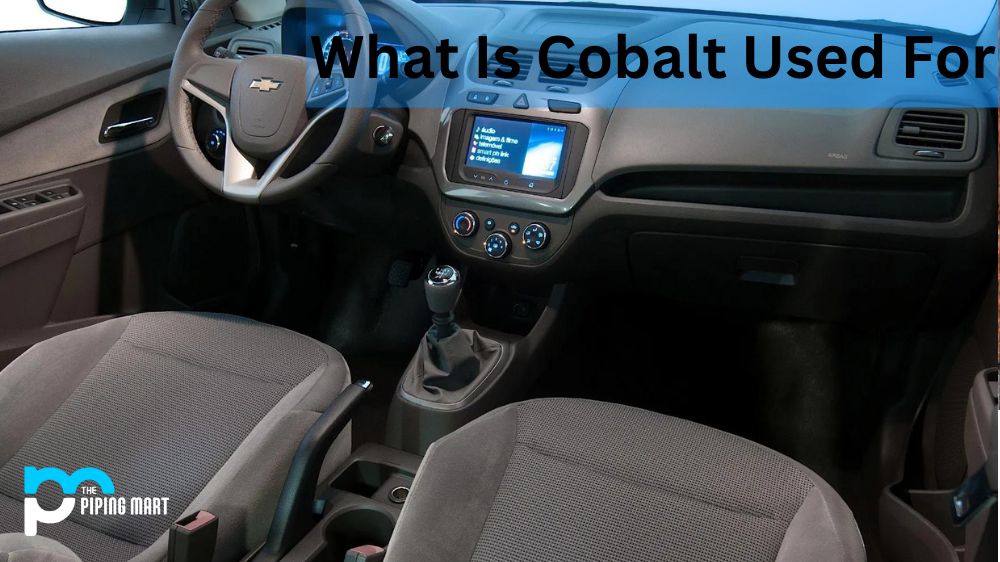Choosing a suitable steel alloy can make or break your project. Two of the most popular steel alloys are the 1010 and the 1022. Choosing between these two alloys can be tricky, as they have different properties and uses. So how do you know which one to choose? In this blog post, we will explore the differences between the 1010 and the 1022 and guide you in making a better-informed decision.
Difference Between 1010 and 1022
Chemical Composition
The primary distinguishing factor between these two alloys is their chemical composition. 1010 is a plain-carbon steel with low carbon content and is famous for applications that require low strength and high formability, such as deep drawing. It comprises only 0.08% carbon, 0.3% manganese, and 0.05% phosphorus. In contrast, 1022 is also a plain-carbon steel with a higher carbon content, at 0.18% carbon, 0.6% manganese, and 0.05% phosphorus. It is often used for making bolts and screws and other applications requiring higher strength and hardness.
Physical Properties
The differences in chemical composition translate to specific physical properties. The 1010 has a lower tensile strength of 280 MPa and a lower yield strength of 180 MPa, making it more ductile and formable. It is often used in manufacturing automobile parts, hand tools, and pipes for water and gas transportation. 1022, on the other hand, has a higher tensile strength of 420 MPa and a higher yield strength of 350 MPa, making it stiffer and more robust but less formable. It is used for more significant structural parts for automobiles, construction, and mining.
Machinability
Another factor that should be considered when choosing between 1010 and 1022 is their machinability. 1010 is known for its excellent machineability and can be easily modified using various techniques. It is famous for drilling, cutting, and forming. In contrast, 1022 is slightly more challenging to machine due to its higher carbon content. However, it has good workability, performs better than low-carbon alloys, and can still be modified using standard machining techniques.
Cost and Availability
The decision on which steel alloy to use will also depend on the material’s cost and availability. Generally, 1010 steel is more affordable and readily available in the market. It is also easier to find and purchase in small amounts, making it more suitable for small projects. Meanwhile, 1022 is more expensive than 1010 because of its higher carbon content and customized production. It may be more difficult to find, but most steel suppliers carry it, making it ideal for more prominent projects.
Other Differences
- 1010 is a lower carbon steel with a carbon content of 0.10 wt%.
- 1022 is a higher carbon steel with a carbon content of 0.22 wt%.
- 1010 has better weldability due to the lower carbon content.
- 1022 has better hardness and strength due to the higher carbon content.
- 1010 is typically used for welding, forming, and cold drawing applications.
- 1022 is typically used for heat-treating applications.
- 1010 is less expensive than 1022 due to the lower carbon content.
- 1022 is more expensive than 1010 due to the higher carbon content.
Conclusion:
Choosing the suitable steel alloy can be challenging, but understanding the differences between the 1010 and 1022 can help make an informed decision. While 1010 is known for its lower carbon content, higher formability, and excellent machinability, 1022 is the go-to choice for applications that require high strength and rigidity. Ultimately, the decision may also depend on the material’s cost and availability. With this guide, we hope you will make the right decision in choosing between the 1010 and the 1022 for your project.

A passionate metal industry expert and blogger. With over 5 years of experience in the field, Palak brings a wealth of knowledge and insight to her writing. Whether discussing the latest trends in the metal industry or sharing tips, she is dedicated to helping others succeed in the metal industry.




